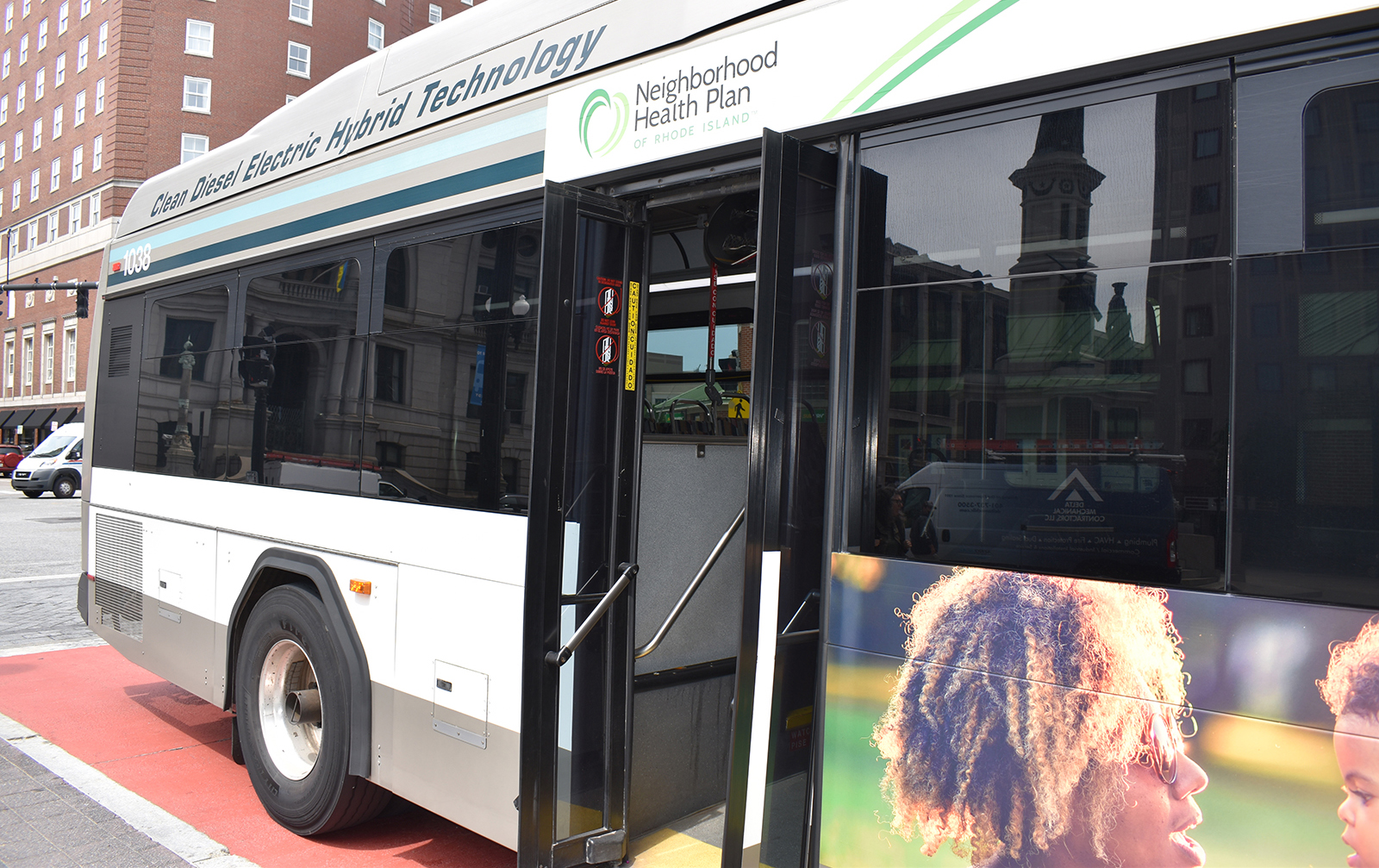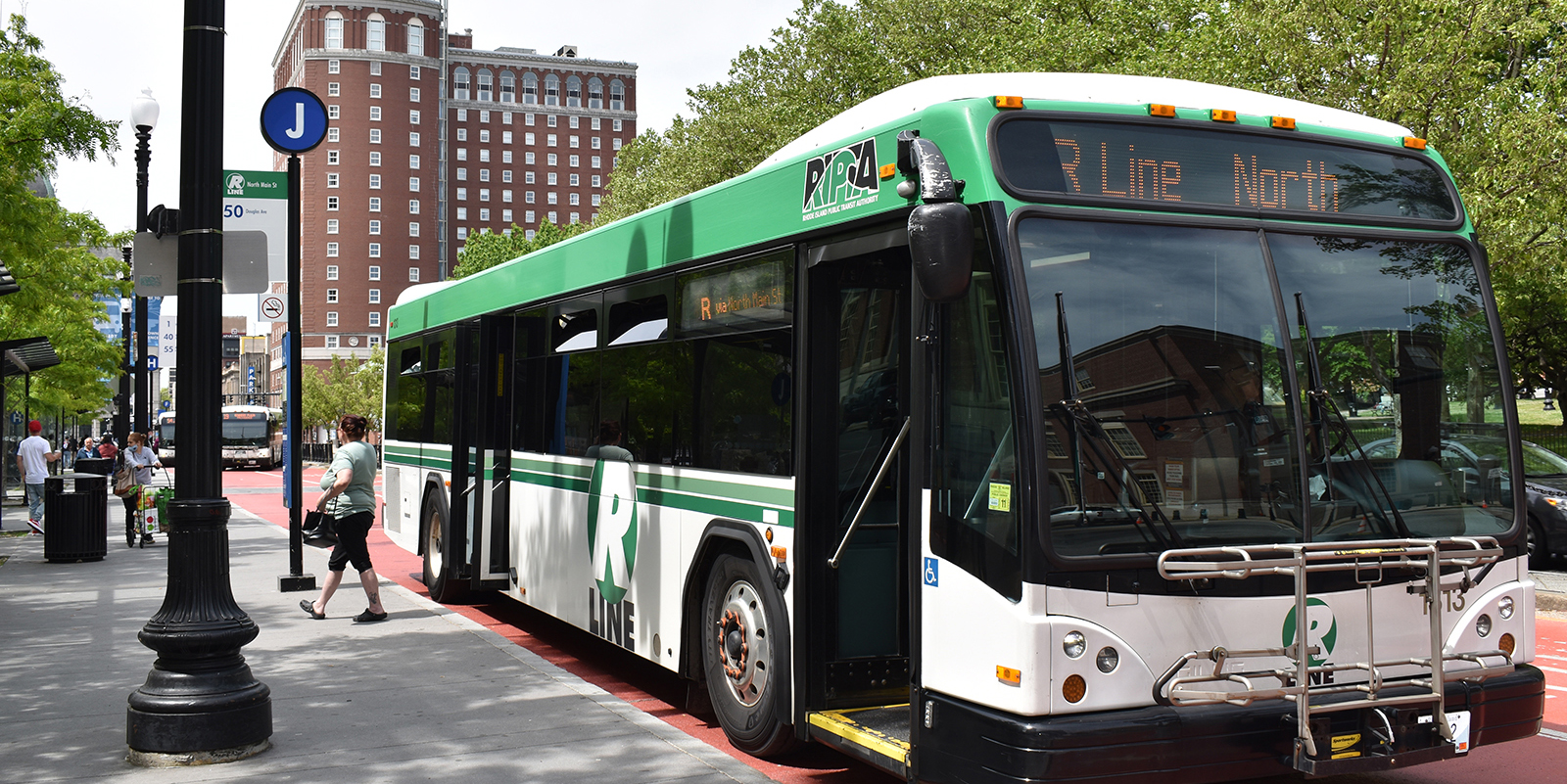Providence Says Bike Sharing is for All Residents But Access Limited in Low-Income Neighborhoods
September 24, 2018
PROVIDENCE — Will electric bicycles and bike sharing help the city’s low-income and disadvantaged neighborhoods?
Mayor Jorge Elorza said the new transportation option isn’t just for progressive-minded bicycle enthusiasts. “Nothing can further from the truth,” he said.
Elorza said surveys show that low-income families are most likely to use public bike sharing to get to work. To encourage low-income participation, the JUMP service offers $5 annual memberships that allow up to one hour per day of riding.
“We want to make sure that this is not only felt in every neighborhood, but that everyone feels connected to it, that they can take advantage and enjoy the fun,” Elorza said.
The bikes can be ridden anywhere but must be returned to the service area and locked at a hub, street sign, parking meter, or public bike rack. Bikes left outside the service area will result in a $25 fee to the user. JUMP employees collect and redistribute the bikes to one of 40 docking hubs throughout the city. The problem, though, is that only a handful of hubs are in low-income neighborhoods such as Washington Park and Olneyville and are entirely absent from Mount Pleasant, Elmhurst, Silver Lake, and Charles neighborhoods. The bulk of the hubs are downtown and on the East Side, locations that limit access for some residents to the 400 JUMP e-bikes.
Elorza said the hubs had to be within 1.5 miles of a downtown transit corridor that was established for the proposed streetcar route, called the downtown circulator, in order to receive funding. The money was from a federal Transportation Investment Generating Economic Recovery grant, known as a TIGER grant. The street car is on hold, but a portion of the grant money supports the bike-share program.
The city’s planning department noted that of the 46 bike-share hubs, only seven are in neighborhoods that aren’t low- to moderate-income. Six of the nine Providence Housing Authority properties are also located in the service area, according to city officials.
Ultimately residents want options to help them be more active, Elorza said.
“It’s all part of the larger plan to make sure that we are designing our city for people and not for cars. And people want to be on bikes, the want to be on scooters, they want to be walking,” he said.
The new bike-share program also helps the city reach its goal of doubling or tripling bike ridership. In January 2017, Providence was one of 10 cities to receives $200,000 annually for three years from PeopleForBikes.
As of 2017, 21 percent of city households lacked access to vehicles.
Other JUMP bicycle information: the pedal-assist bikes have a top speed of 20 mph; the bikes are re-charged periodically by JUMP at the company warehouse; in the event of severe weather, JUMP can shut down the program by freezing the entire network; JUMP is responsible for shoveling snow from the sidewalk area around the bike-sharing hubs.




I would have suggested a more positive headline such as "Bike-share starts in Providence" or "Providence takes a step toward building a bike culture" as we need to build a critical mass of people using bikes to develop such a culture, promote safety and build better bike infrastructure.